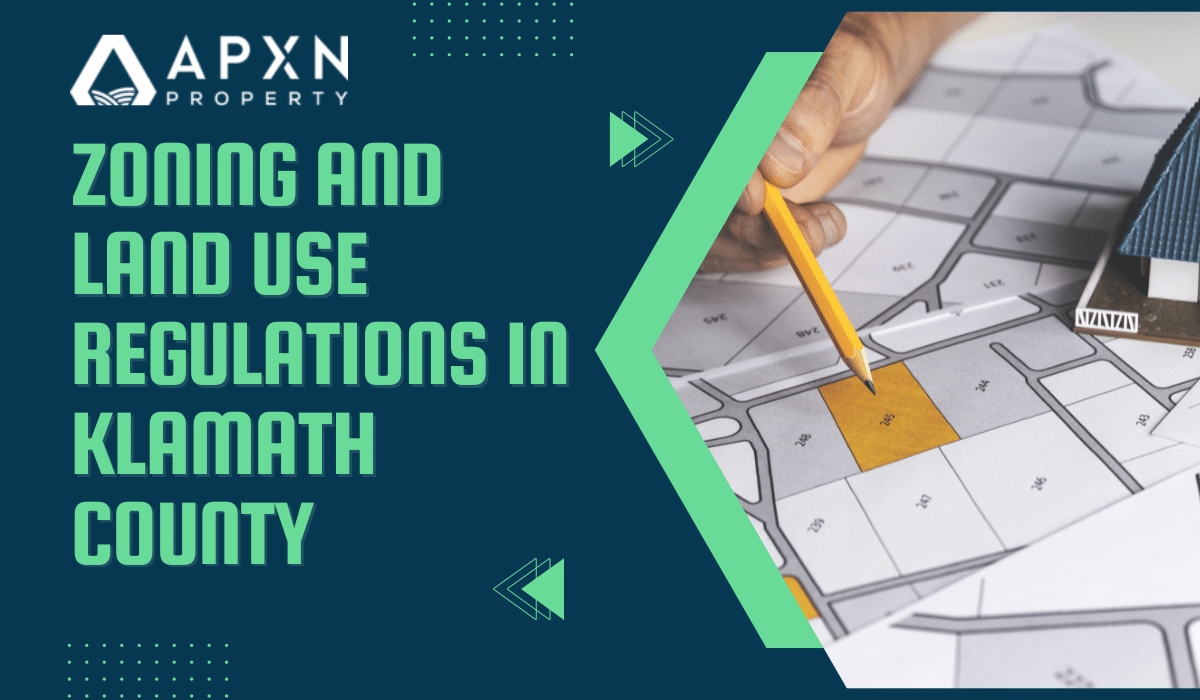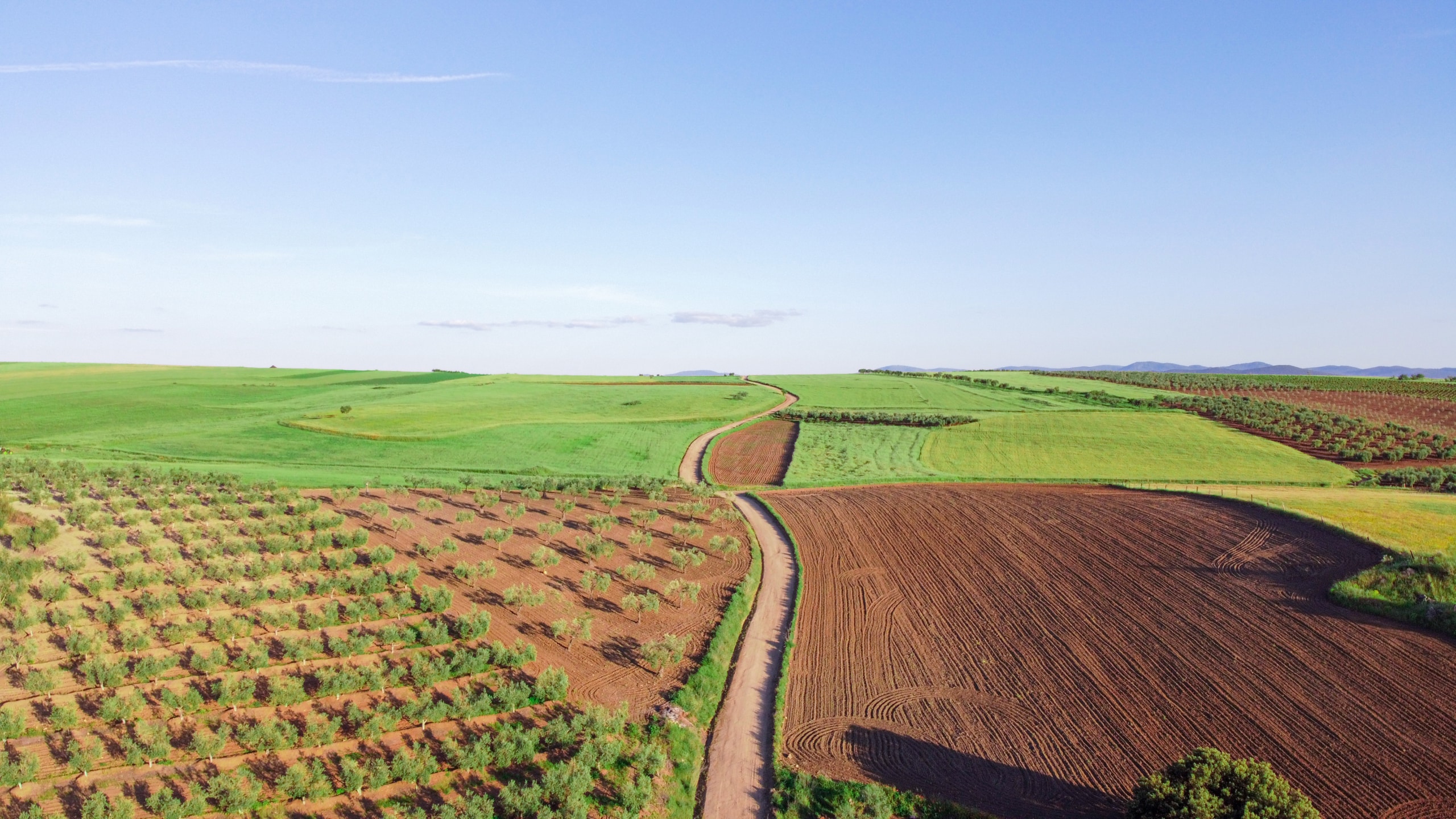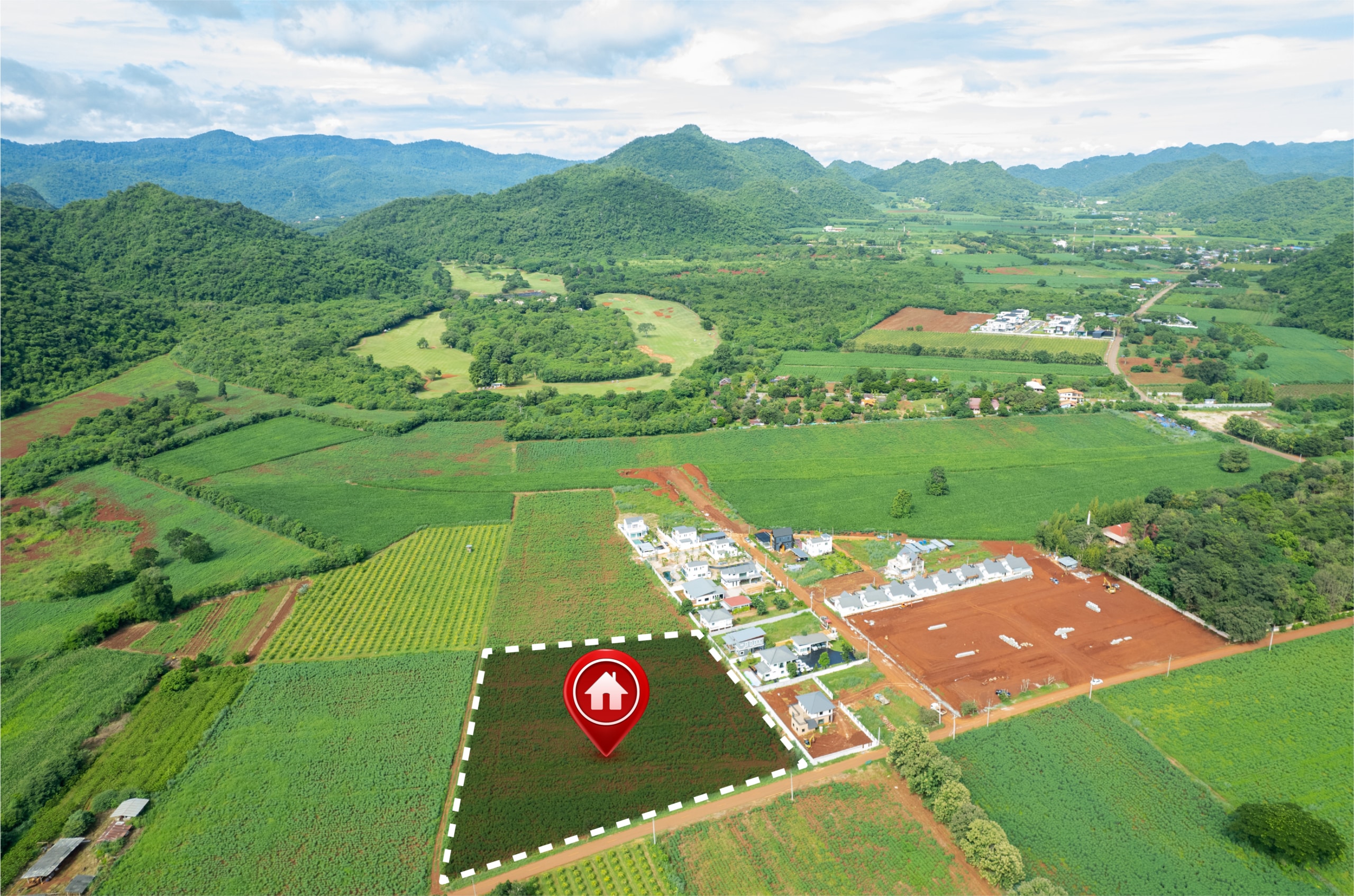Ever wondered about the rules and regulations that apply when you buy land? Well, let me tell you, you can’t just do anything with your Klamath County Land as there are zoning regulations that dictate what you are allowed to do and are not allowed to do with your purchased piece of land.
Therefore, if you’re a prospective real estate investor looking for land for sale in Klamath County to embark on construction, this article is going to be a real game-changer for you!
Zoning and land use regulations are crucial in shaping the development and growth of any region. These rules are laid down by local governments and are intended to promote orderly and sustainable development to benefit the interests of landowners, enterprises, and the general public.
In this post, we’ll explore the different facets of land use regulations in Klamath County. Our exploration will encompass a range of essential aspects, including zoning designations, permitted land uses, and invaluable tips to adeptly navigate these intricate regulations.
So, let’s explore Klamath County’s land use framework.
Table of Contents
What Exactly Are Zoning and Land Use Regulations?
Zoning and land use laws are generally prevalent in metropolitan areas. They serve as guidelines for regulating how land is used within a specific geographic area.
The various aspects that fall under the ambit of land use regulations include land lot size, the site of construction, the maximum number of buildings permitted for construction, and the ideal height of buildings to be maintained. Many more aspects also come into play.
The main purpose of land use regulations is to set a distinction between the use of residential and commercial properties. By organizing the land into distinct zones and defining the activities authorized within each zone, land use regulations play a vital role in determining the character and function of a place. Moreover, by regulating the development and distribution of diverse land uses, they help to reduce reckless growth while establishing a unified urban environment.
Types of Zoning Designations in Klamath
Klamath County has adopted a comprehensive zoning system to classify individual parcels of land for specific uses. Knowing the different zoning definitions is critical for property owners, developers, and investors to ensure whether or not a piece of land they are buying or purchasing meets their needs. The zone designations found in Klamath County are:
Residential Zones
These areas have been set aside, particularly for residential use to meet all your housing demands. Right from Single-family homes to duplexes and townhouses to apartments, in residential zones in Klamath, you may find a range of housing alternatives available. Thereby, empowering you to choose a home that suits your preferences and lifestyle.
Commercial Zones
This is the area where construction of a variety of business establishments is permitted in Klamath. Retail shops, lodging facilities, restaurants, and corporate offices are all that you can find in this zone. Depending on the size and scale of the businesses lying in the zone, the commercial zone in Klamath can further be divided into the neighborhood, community, and regional commercial zone.
Industrial Zones
The Industrial zone in Klamath is intended for the development of manufacturing facilities, chemical plants, storage facilities, and other industrial installations that are crucial to the County’s economy. Typically, industrial zones are centralized in one place and located distant from residential areas.
Agricultural Zones
The development of farms, ranching grounds, and agricultural practices is only permitted in this zone. This designation in Klamath County is made following the region’s suitable soil, landform, and climatic conditions. A crucial point is that all non-farm activity, including housing, is outright forbidden in these zones. Klamath upholds its agricultural heritage and rural way of life by supporting these agricultural zones.
Mixed-Use Zones
Mixed-use areas provide you with the freedom to mix different types of land usage. They enable you to construct residential, commercial, or industrial properties all in the same location. By encouraging the peaceful coexistence of multiple land uses, this zoning policy enhances the overall vibrancy and functionality of Klamath County.
Setbacks and Height Limits
In Klamath’s urban setting, setbacks, and height limits play a crucial role in ensuring a well-organized and spacious environment.
Setbacks define the minimum distance that buildings must maintain from property lines, roads, and other structures. This means there’s a specific space required between your building and neighboring properties or roads. Nevertheless, it’s not just about the main structure; it also includes things like roofs, decks, chimneys, and bay windows.
Alternatively, height limits set the maximum height a building can reach in a particular area. This is done to ensure a consistent skyline throughout the region. Thus, before planning construction in Klamath, remember to consider these requirements in your site plan.
Permitted Land Uses
Checking out all the permissible land uses outlined within each designated zone is a crucial piece of advice for any prospective purchaser looking for tips to buy land in Klamath County. This is important to ascertain what they can do with their raw piece of land. Also, this will strongly affect their property’s worth and usefulness.
According to the Klamath land use regulations, the following land uses are permitted:
Residential Zones
- Single-family, multi-family, or duplex homes.
- Accessory dwelling units, or ADUs.
- Small home-based business.
- Parks and public spaces.
Commercial Zones
- Retail establishments
- Cafes and restaurants
- Offices
- Hotels and motels
Industrial Zone
- Manufacturing establishments
- Storage facilities and distribution hubs
- Facilities for research and development
- heavy industrial operations (restricted to certain places).
Agricultural Zone
- Cultivation of crops
- Orchards, vineyards, and livestock farming
- Greenhouse or nursery
The Process of Obtaining Permits
Obtaining permits is a key component of any construction project you plan to begin in Klamath County.
The process typically involves the following steps:
Research and Pre-Application
Start by learning about your property’s zoning designation and any relevant laws application to the zone. For assistance with pre-applications and consultation, you can get in touch with the county’s planning department.
Making an Application
Create a formal application and submit it along with all required supporting materials, such as site plan, architectural drawings, and environmental evaluations.
Review and Public Comment
Following the above steps, the planning department will review your application to make sure it conforms with zoning regulations. In some instances, especially when significant efforts that potentially have an impact on the community are involved, public comments or hearings may be required.
Decision and Approval
Upon completion of the review procedure, you will receive a decision regarding your application. If the application is accepted, your development plans will be moved forward for subsequent formalities.
Tips for Navigating Regulations
It can frequently be difficult to navigate land use regulations owing to their level of complexity and the legal subtleties involved. Well, you can rest easy; as these useful tips will ensure your peace of mind through the process.
Talk to Experts
To make sure your project complies with local specifications, make sure to have a word with seasoned real estate professionals who are aware of Klamath County’s zoning regulations.
Community Involvement
Involve the community early in the planning process to address any issues or objections that may arise later. The resistance during public hearings can be lessened by adhering to this technique.
Flexibility and Innovation
Be open to making changes to your ideas in response to input from authorities and the public, if needed. Minor changes can occasionally expedite the approval process.
Stay Informed
Lastly, be aware of any revisions or modifications occurring to Klamath County’s zoning and land development codes. To stay informed, frequently visit the county’s official website to check out its Planning section documents.
Conclusion
Anyone engaged in real estate must have a solid understanding of zoning and land use regulations. Being familiar with these regulations can help successfully reap the full-fledged benefits of owning land in Klamath County. Additionally, considering the tips such as seeking professional advice and staying informed about evolving regulations will further contribute to successful and sustainable development in the county.











